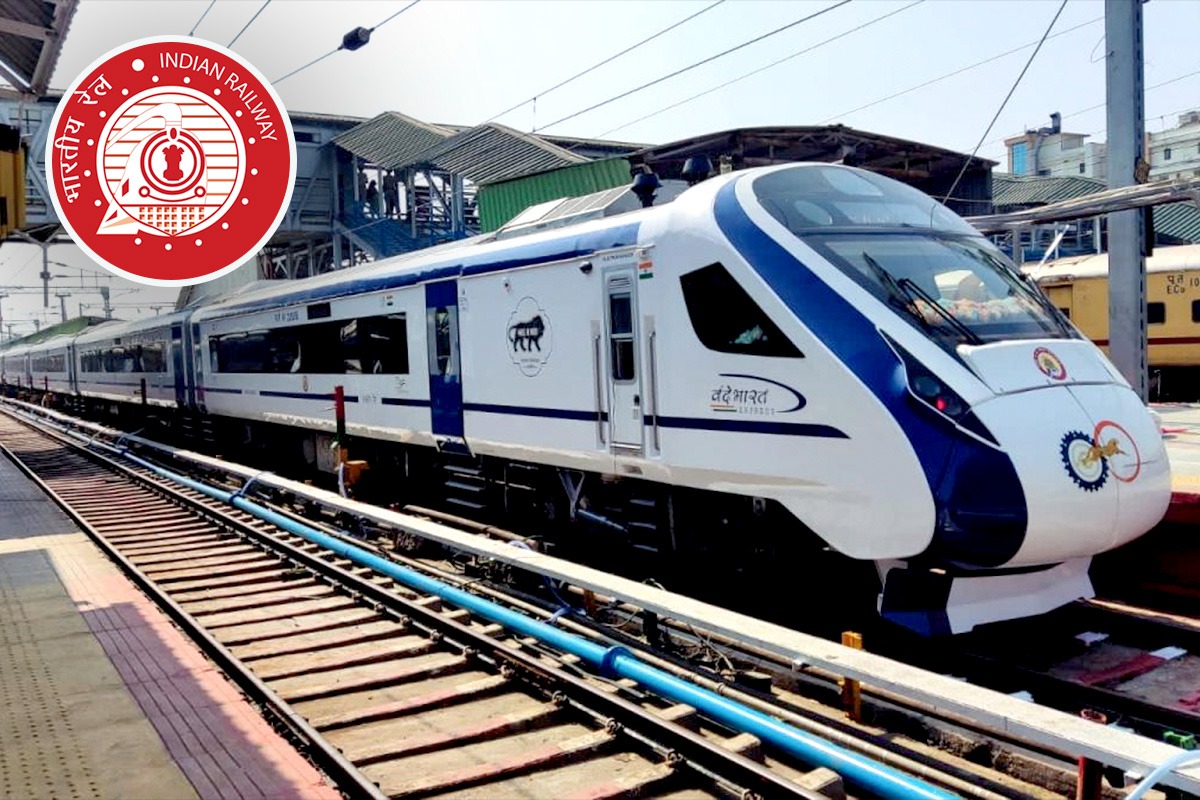The recent arrest of a railway employee for placing detonators on tracks has sent shockwaves across the nation. This incident underscores the immense challenges faced by Indian Railways in ensuring the safety of its vast network. With over 67,000 kilometres of track and more than 20,000 trains operating daily, the task of maintaining safety is monumental.
Indian Railways has made significant strides in enhancing safety measures over the years. The introduction of the Rashtriya Rail Sanraksha Kosh (RRSK) in 2017, with a corpus of ₹1 lakh crore, aimed at replacing, renewing, and upgrading critical safety assets, is a testament to this commitment. The Safety Information Management System (SIMS) has also been instrumental in managing and processing information related to train accidents.
Despite these efforts, incidents like the recent explosion on the Army Special Train highlight the vulnerabilities that still exist. The sheer scale of the railway network makes it a target for sabotage and other malicious activities. Ensuring the safety of passengers and cargo requires constant vigilance and coordination among various agencies, including the National Investigation Agency (NIA), Anti-Terrorism Squad (ATS), Railway Protection Force (RPF), and the Ministry of Railways.
Technological advancements play a crucial role in enhancing safety. The adoption of modern signalling systems, track monitoring technologies, and automated warning systems can significantly reduce the risk of accidents. Moreover, regular safety audits and drills are essential to prepare for any eventualities.
Public awareness and cooperation are equally important. Passengers must be vigilant and report any suspicious activities. The railway authorities should also engage in continuous dialogue with the public to foster a culture of safety.
While Indian Railways has made commendable progress in improving safety, the recent incident serves as a stark reminder of the challenges that lie ahead. A concerted effort involving technological upgrades, inter-agency collaboration, and public participation is essential to ensure the safety and security of the nation’s lifeline.

